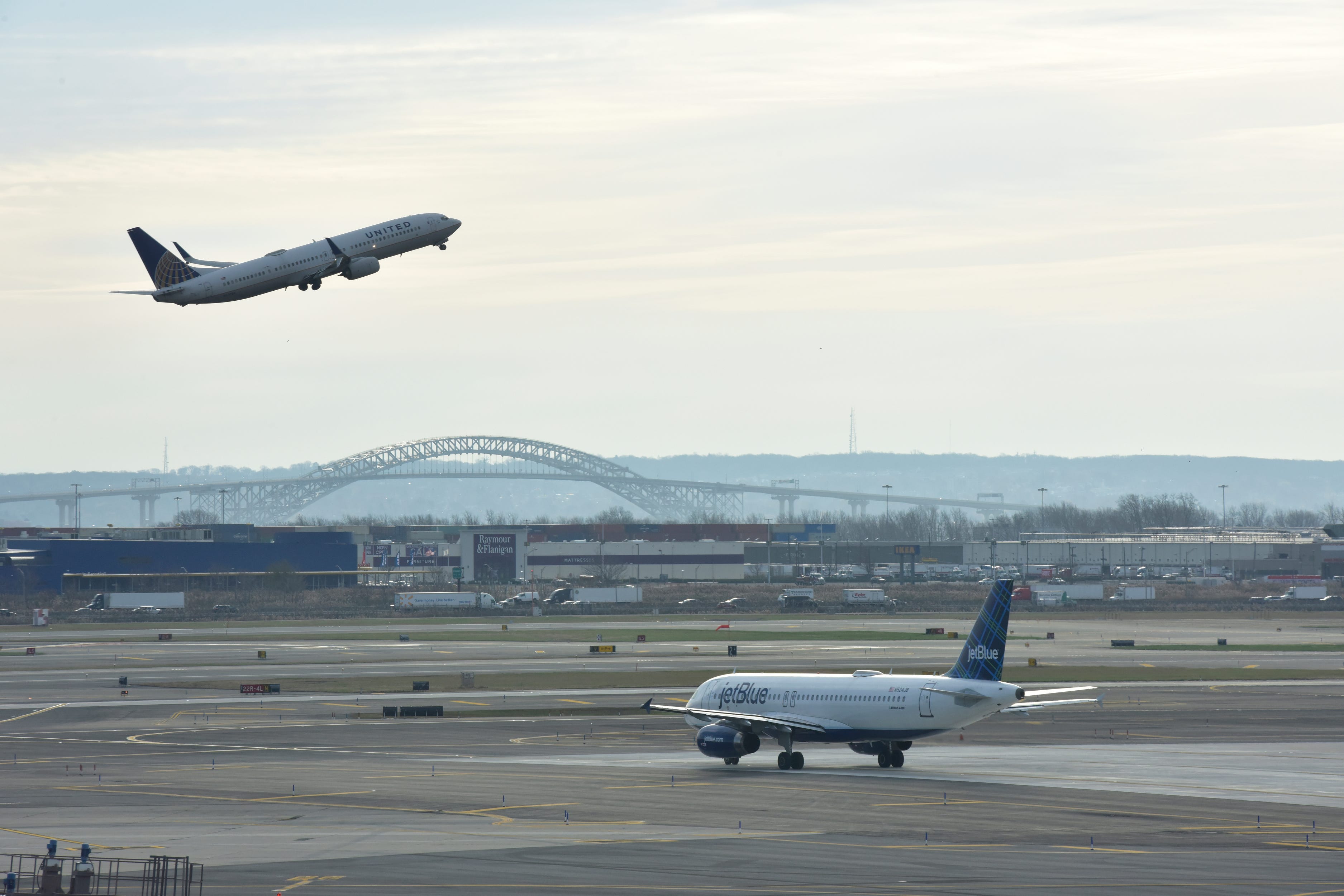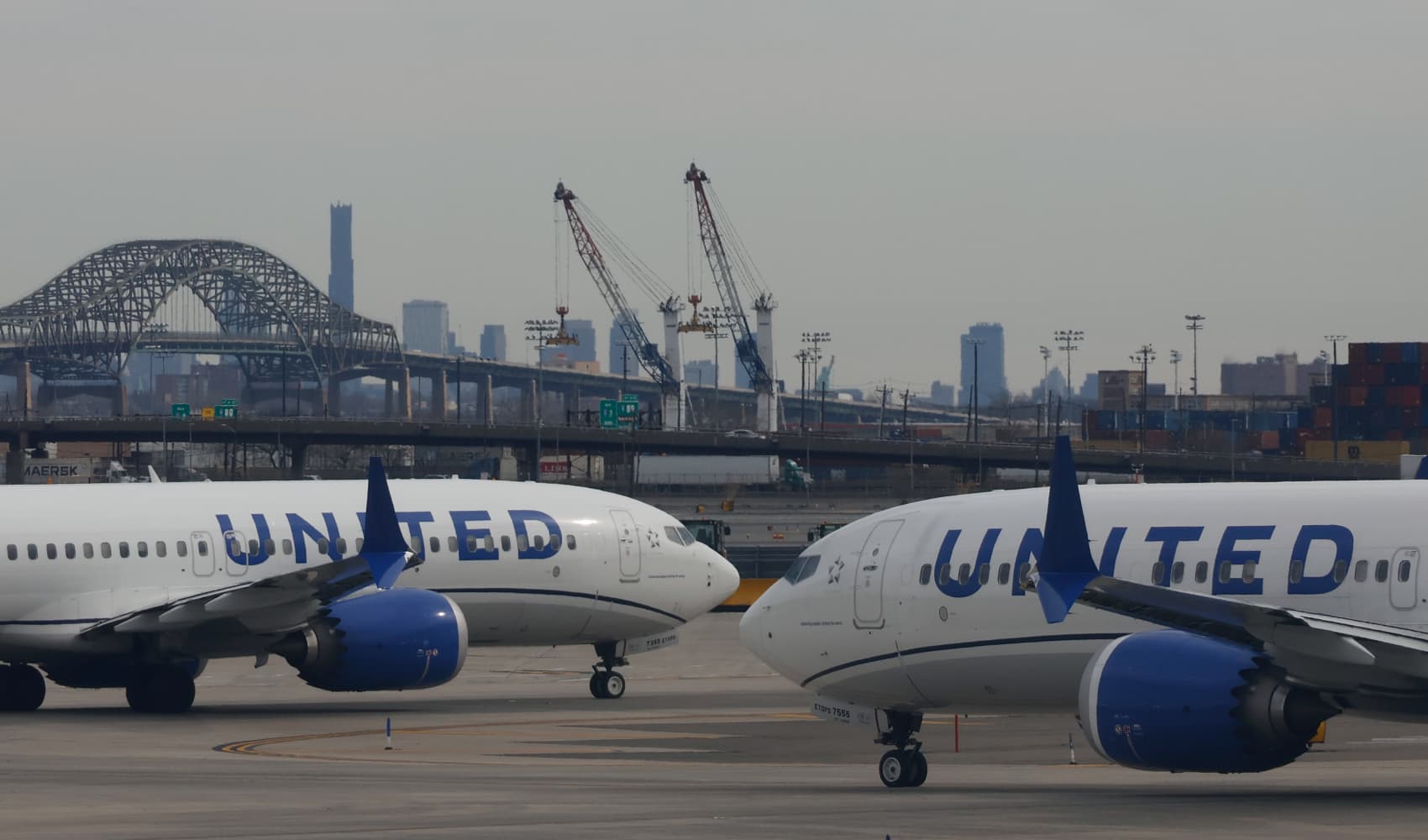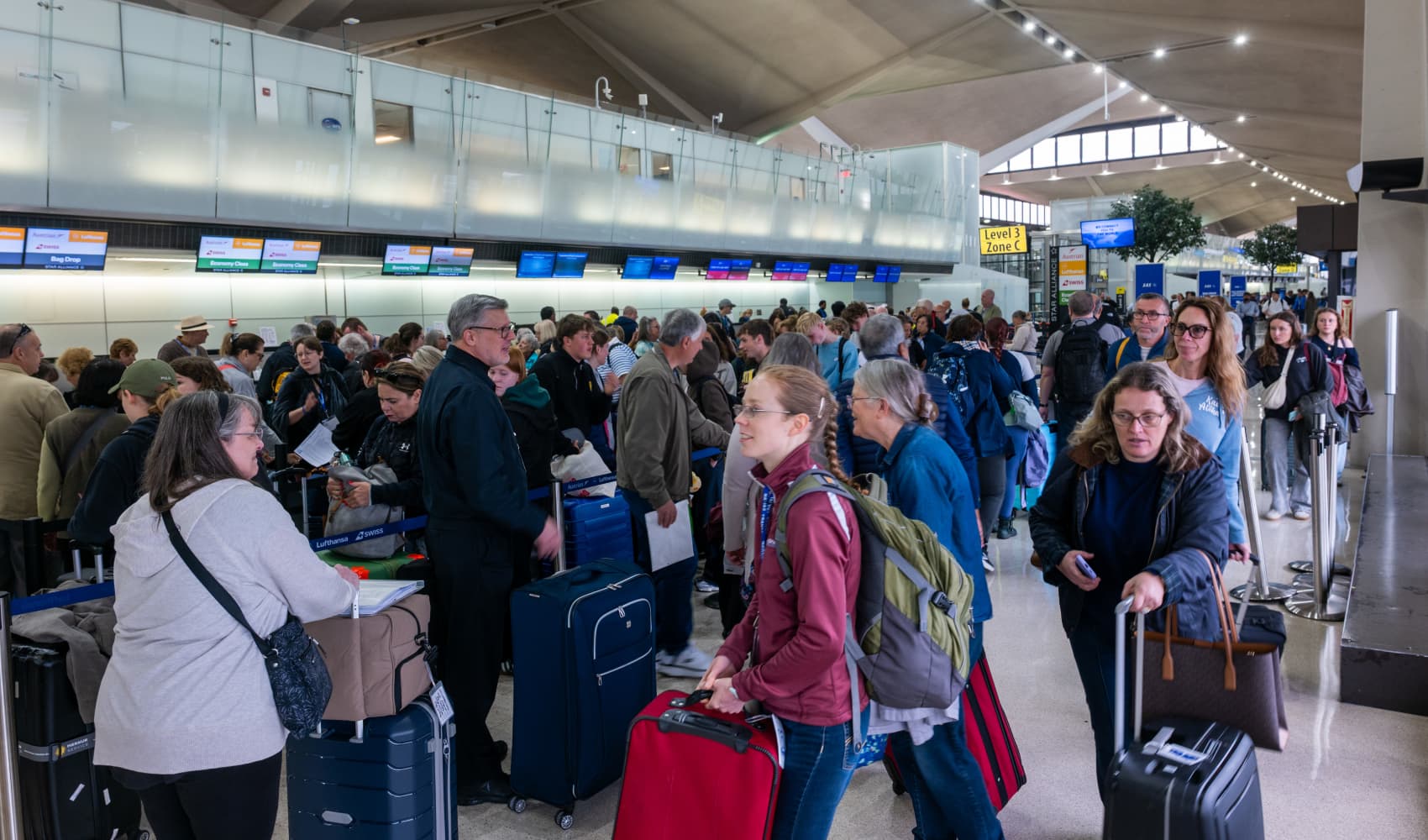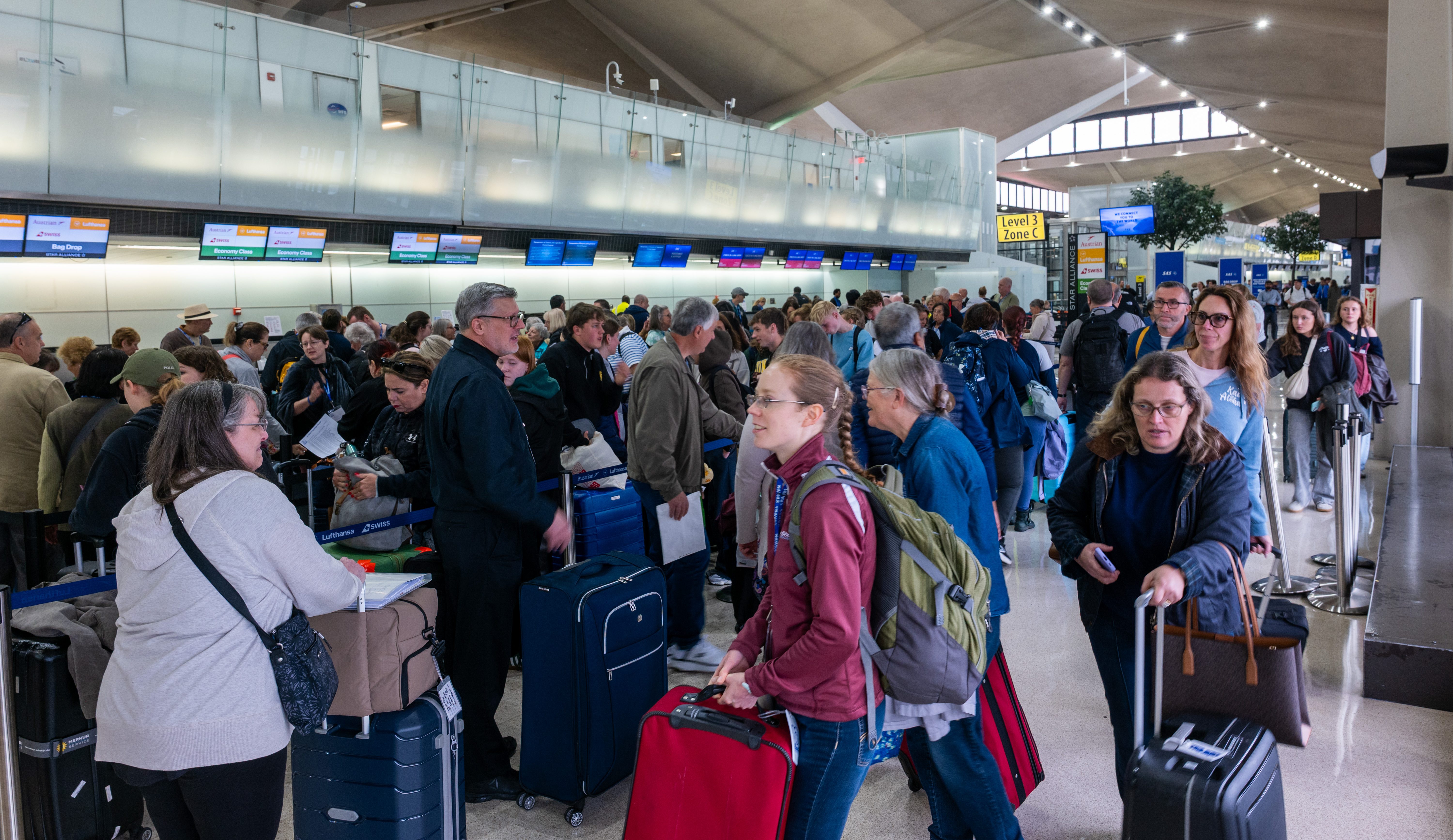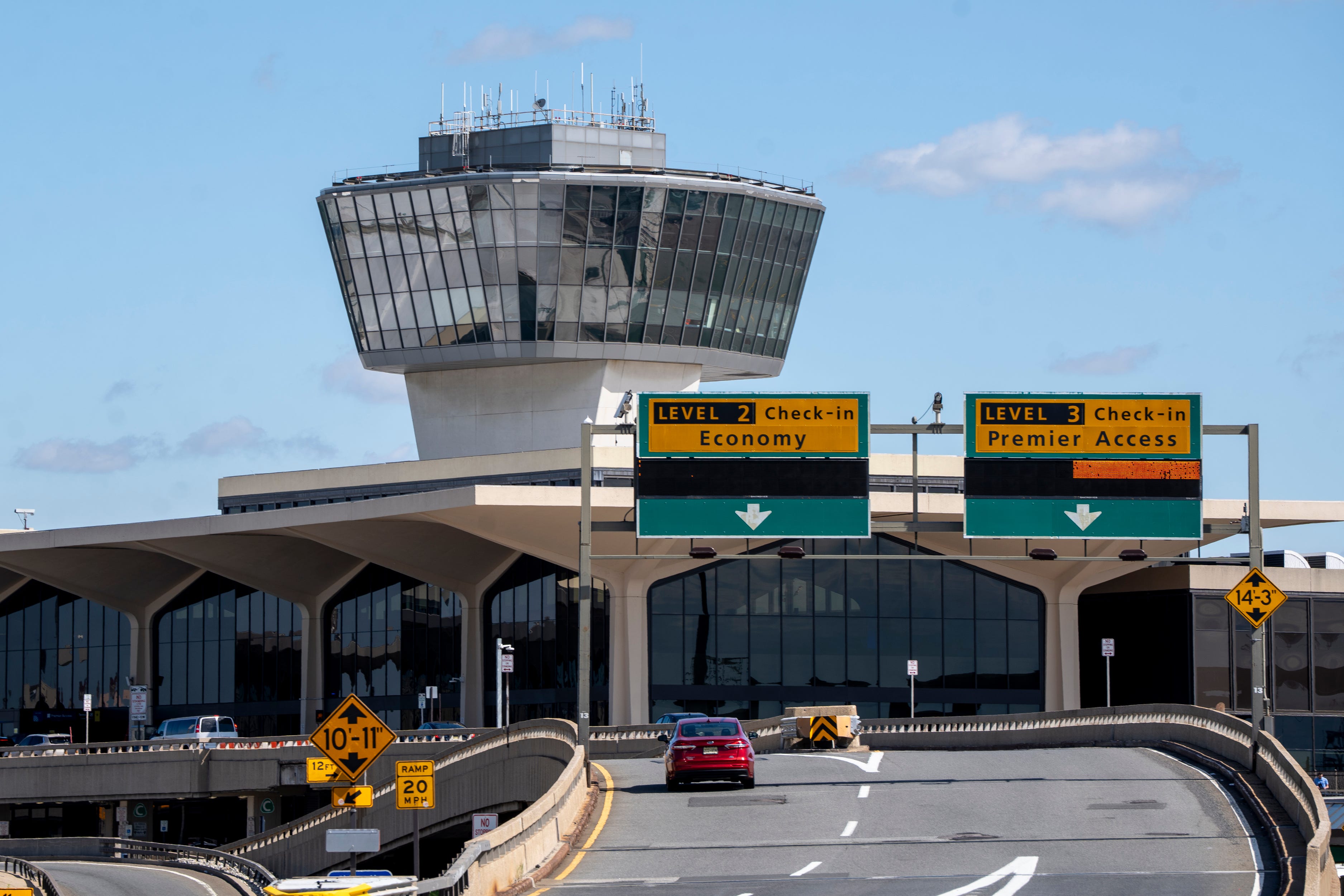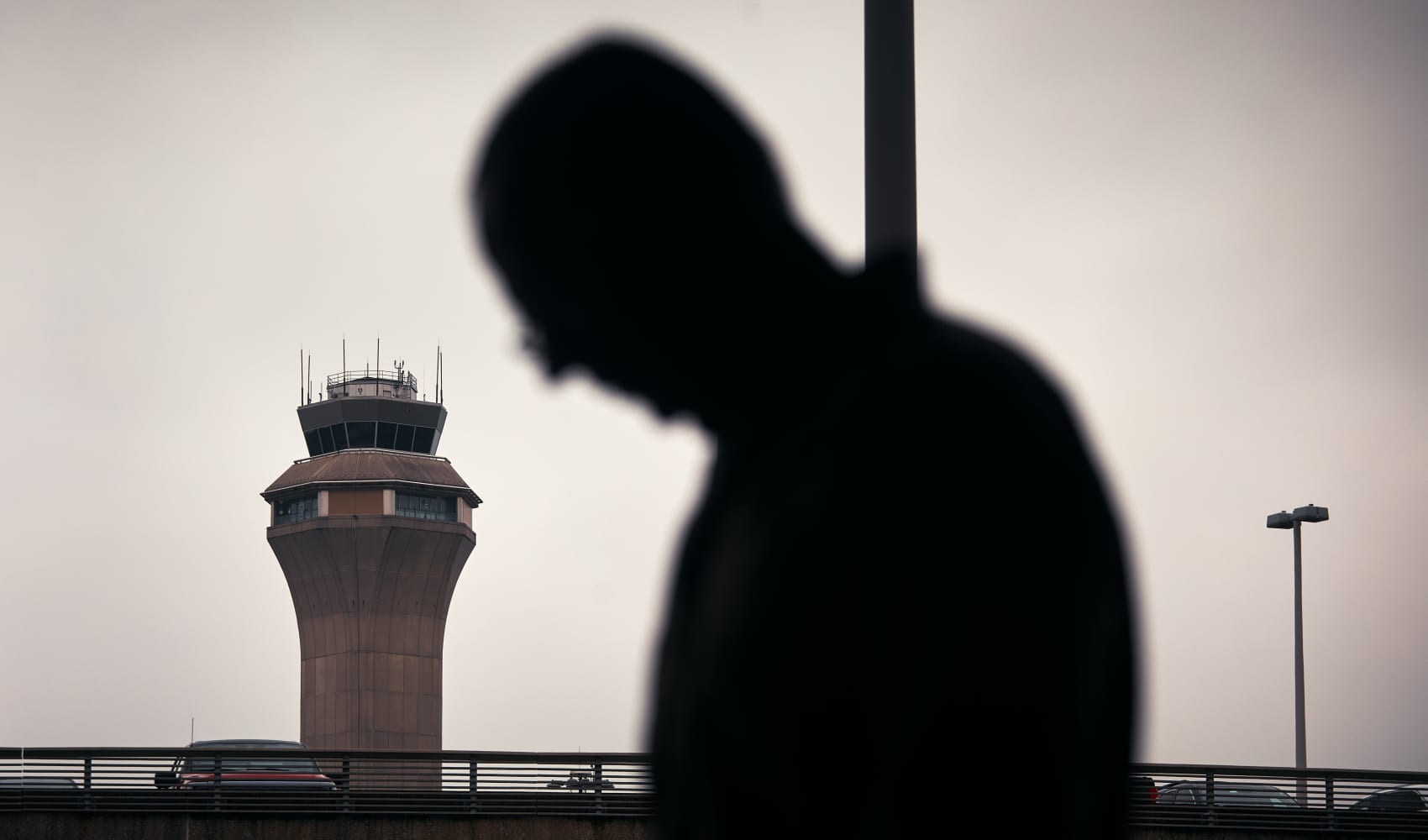Newark Airport Delays: Is Relief Finally in Sight?
Newark Airport Nightmare: Another Day, Another Plague of Delays
Introduction: Is Newark Airport the Bermuda Triangle of Travel?
So, you're planning a trip, excited to jet off from Newark Liberty International Airport (EWR), and envision yourself sipping margaritas on a sunny beach. But wait! Are you prepared for the seemingly inevitable delays? It seems like every other day, Newark Airport passengers are facing a fresh wave of disruptions. It's enough to make you wonder if EWR is secretly located in the Bermuda Triangle of travel! Just when you thought things couldn't get worse, they often do. A day after significant delays caused by FAA equipment malfunctions and staffing shortages, Friday brought more woes to travelers flying to and from Newark. Let's dive into the frustrating reality and try to understand what's going on.
The Friday Flight Fiasco: Delays Persist
Following the previous day's chaos, Friday saw no respite for Newark Airport passengers. Flight delays extending beyond an hour and a half plagued travelers well into the evening, according to the Port Authority. This wasn't just a minor hiccup; it was a full-blown disruption affecting countless journeys.
Nationwide Ground Delay Program: A Blanket of Uncertainty
The situation was so severe that a nationwide ground delay program was implemented for all flights within the lower 48 states. This measure, set to remain in effect until 11:59 p.m. Friday, painted a grim picture for anyone hoping for a smooth departure or arrival.
What Does a Ground Delay Program Actually Mean?
Simply put, a ground delay program means your plane won't be taking off anytime soon. It's like being stuck in traffic on the tarmac, except you're not even moving yet! It's a frustrating experience, especially when you have connecting flights or important appointments to keep.
Official Alert: Staffing Issues and Construction Woes
Adding insult to injury, a travel alert on the Newark Liberty website stated, "Due to FAA staffing issues and construction #EWR is experiencing delays. Please contact your airline for the states of your flight." This concise message highlights the core problems contributing to the ongoing chaos. It's a potent reminder that even the best-laid travel plans can be derailed by factors beyond our control.
The Numbers Don't Lie: A Quarter of Flights Delayed
The statistics tell a stark story. About a quarter of all flights in and out of Newark on Friday were delayed. That's a significant percentage, translating into thousands of passengers affected by the disruptions. Are you starting to feel like the odds are stacked against you?
Cancellation Catastrophe: Nearly 180 Flights Scrapped
But wait, there's more! In a 24-hour period, nearly 180 flights were canceled. This capped off a week of misery at the transportation hub. Imagine the stress and frustration of having your flight canceled at the last minute, scrambling to find alternative arrangements, and potentially missing important events. It's a traveler's worst nightmare!
Port Authority Investments: Modernization Efforts Hampered
The Port Authority has been pouring billions into modernizing Newark Liberty. But, as one official stated, "The Port Authority has invested billions to modernize Newark Liberty, but those improvements depend on a fully..." The rest of the statement underscores the critical need for adequate FAA staffing and operational efficiency to truly realize the benefits of infrastructure upgrades.
FAA Staffing Shortages: A Recurring Problem?
The FAA staffing shortages have been a recurring theme in Newark's delay saga. This raises serious questions about workforce planning and resource allocation. Is the FAA adequately prepared to handle the increasing demands of air travel? This is a critical question that needs to be addressed to prevent future disruptions.
The Impact of Understaffing
Understaffing can lead to overworked air traffic controllers, increased stress levels, and potentially compromised safety. It's a delicate balance, and when the system is stretched too thin, delays and disruptions are almost inevitable.
Construction Complications: A Necessary Evil?
While airport modernization is essential for long-term improvements, construction can inevitably lead to short-term disruptions. The delicate dance between progress and passenger inconvenience needs to be carefully managed to minimize the impact on travelers. Is there a better way to schedule and coordinate construction projects to minimize delays?
Passenger Frustration: A Boiling Point?
It's safe to say that passengers are growing increasingly frustrated with the ongoing delays at Newark Airport. The cumulative effect of missed connections, canceled flights, and long waiting times is taking its toll. Are we reaching a boiling point where passenger trust in the system is eroding?
What Can Passengers Do? Proactive Measures for Damage Control
While you can't control FAA staffing or construction schedules, there are steps you can take to mitigate the impact of potential delays:
- Check your flight status frequently: Stay informed about any potential changes or delays.
- Download your airline's app: Many airlines offer real-time updates and rebooking options through their apps.
- Pack strategically: Keep essential items, such as medications and chargers, in your carry-on bag.
- Allow extra time: Arrive at the airport with plenty of buffer time to account for potential delays.
- Consider travel insurance: This can provide coverage for unexpected expenses caused by flight disruptions.
The Broader Impact: Beyond Individual Inconvenience
The impact of Newark Airport delays extends far beyond individual inconvenience. It affects businesses, tourism, and the overall economy of the region. Reliable air travel is essential for economic growth and prosperity. When a major airport like Newark experiences frequent disruptions, it can have ripple effects throughout the entire system.
Looking Ahead: Solutions and Strategies
Addressing the Newark Airport delay problem requires a multi-faceted approach. This includes:
- Increased FAA staffing: Addressing the staffing shortages is crucial for ensuring smooth operations.
- Improved communication: Clear and timely communication with passengers is essential for managing expectations.
- Efficient construction management: Minimizing the impact of construction projects on airport operations.
- Investing in technology: Utilizing advanced technology to improve air traffic control and airport efficiency.
- Collaboration: Enhanced collaboration between the FAA, the Port Authority, and airlines is necessary for finding lasting solutions.
Conclusion: A Call for Change
The ongoing delays at Newark Airport have become a chronic problem. It's time for decisive action to address the root causes and restore confidence in the airport's reliability. Passengers deserve better than to face a constant plague of delays every time they travel through Newark. The future of air travel in the region depends on it. Let's hope that the powers that be will take the necessary steps to turn things around and make Newark Airport a travel hub that passengers can rely on.
Frequently Asked Questions
- Why are there so many delays at Newark Airport?
Delays at Newark Airport are often caused by a combination of factors, including FAA staffing shortages, construction projects, weather conditions, and air traffic congestion. These factors can create a domino effect, leading to widespread disruptions.
- What is the FAA doing to address the staffing shortages?
The FAA has acknowledged the staffing shortages and is working to hire and train more air traffic controllers. However, the training process can take time, so it may take a while for the situation to fully improve. They are also exploring strategies to optimize existing staff and resources.
- How can I check the status of my flight?
You can check the status of your flight through your airline's website or mobile app. Many third-party flight tracking websites and apps are also available, providing real-time updates and information about delays and cancellations.
- What are my rights if my flight is delayed or canceled?
Your rights as a passenger depend on the specific circumstances and the airline's policies. Generally, if your flight is canceled, you are entitled to a refund or rebooking on another flight. For significant delays, you may be entitled to compensation for expenses such as meals and accommodation. Check your airline's conditions of carriage for details.
- Is travel insurance worth it when flying through Newark Airport?
Given the frequent delays and disruptions at Newark Airport, travel insurance can be a worthwhile investment. It can provide coverage for unexpected expenses caused by flight delays or cancellations, such as accommodation, meals, and transportation. Be sure to carefully review the policy details to understand what is covered.
